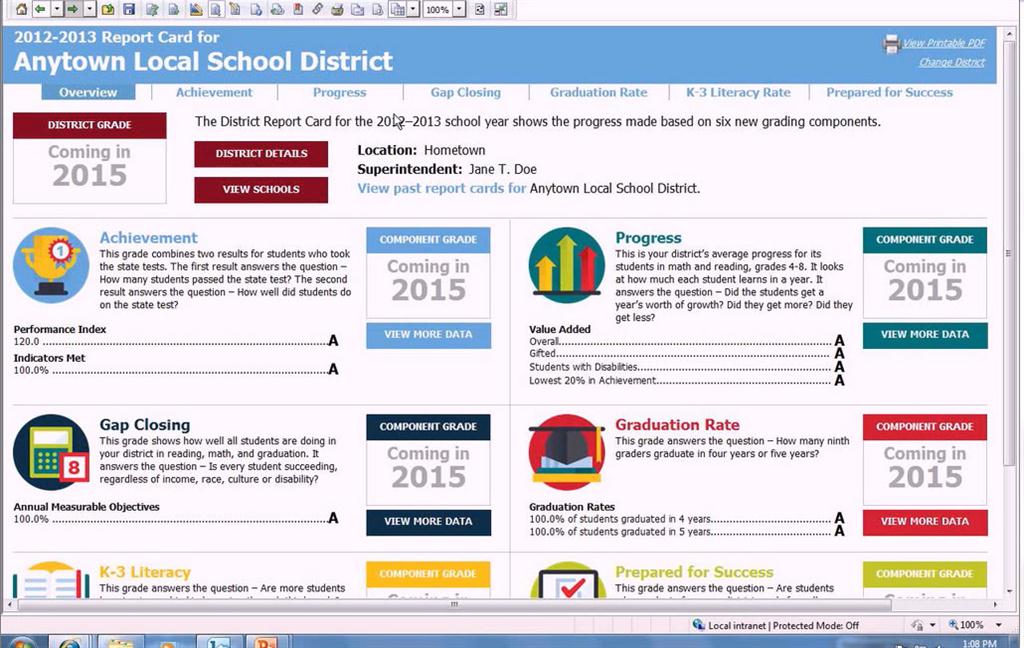What you need to know about Ohio Politics and Policy
Stephen Dyer · August 23, 2013
New school report cards offer positive changes
The state’s new report card is out now, and there are some positive changes to the format. While many of the aspects of the report card continue to emphasize relatively raw test scores, which are notoriously predicted by demographics, there are new measures that for the first time de-emphasize the importance of demographics on school performance.
Tagged in these Policy Areas: K-12 Education


